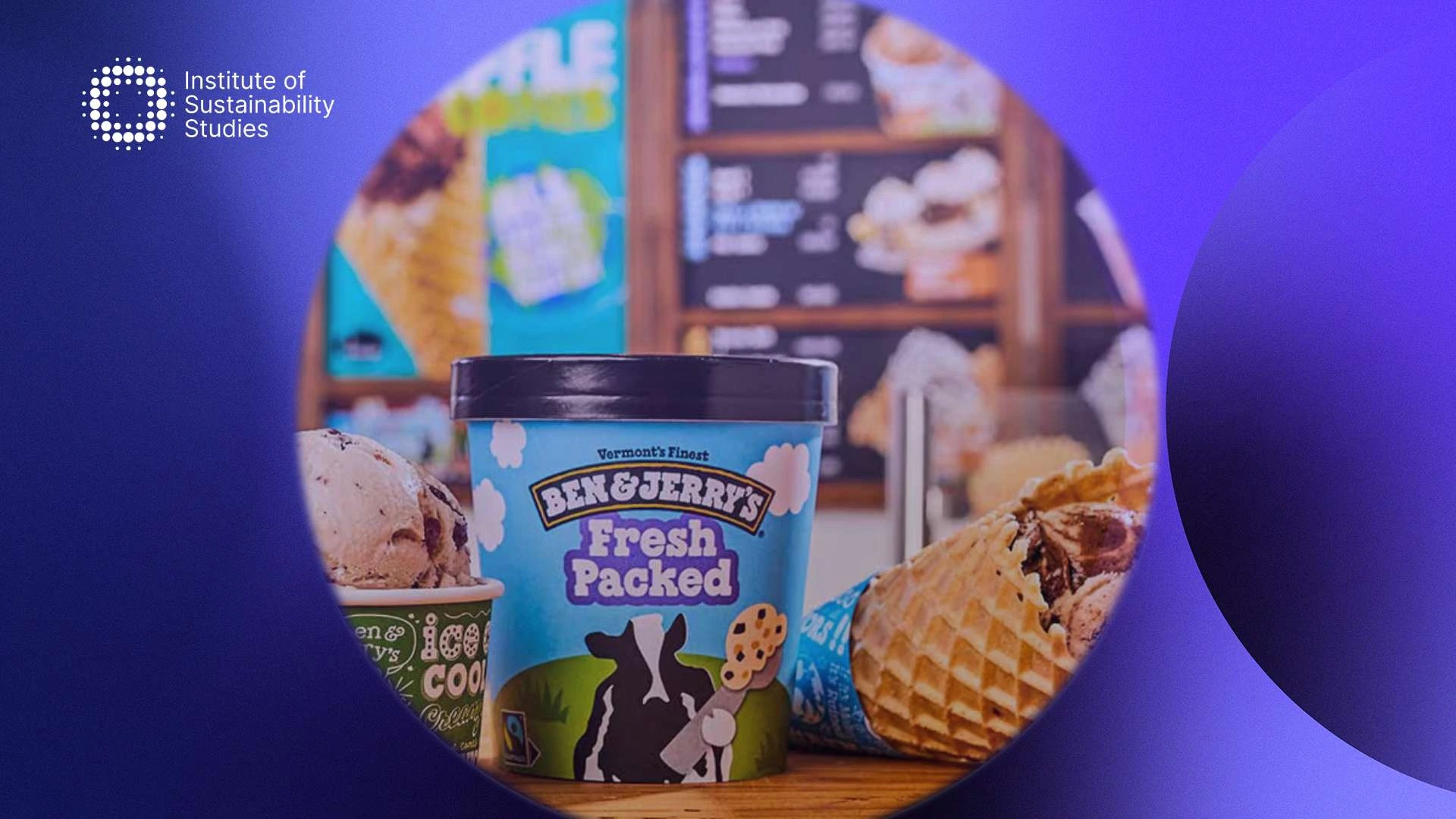Brian Niccol, the new Starbucks CEO, is facing backlash after it was unveiled he will commute almost 1,000 miles to the company’s headquarters in Seattle on a corporate jet. The backlash comes as critics note the discrepancy between the organisation’s sustainability strategy and the lifestyles of its top executives.
Background on the controversy
Mr Niccol’s job offer said he does not have to relocate to the company’s headquarters in Seattle Washington, from his home in Newport Beach, California, when he enters the new role. The document stated he could commute from his residence to the company’s headquarters and that he is eligible to use the corporate aircraft for business-related travel, getting to the company’s headquarters, and for personal travel.
This is likely due to Starbucks’ hybrid work policy, which requires employees to be in the office for at least three days a week. While the chain is setting up a small remote office for Niccol in Newport Beach, he will still have to commute to the headquarters. This commute equates to an 18-hour drive or 2.5 to 3-hour flight by jet three days per week.
Backlash from the public
Critics online have accused the firm of hypocrisy. Some are even calling for a boycott of the coffee chain or saying they will no longer support the business. People have stormed to X, asking how anyone can justify such a long commute by private jet, and said Starbucks’ sustainability policy is starting to look like nothing more than greenwashing. One user posted: “Starbucks would like its customers to pay hyper prices only to use paper straws to save the environment while the CEO flies 1600 km x 3 days a week on a private jet.”
The environmental impact of private jets
The biggest issue with private jets is that they emit much more carbon emissions per passenger compared to commercial flights. A 2021 report from the European Federation for Transport and Environment discovered that private jets are five to 14 times more polluting per passenger than commercial flights and 50 times more polluting than trains.
It has been estimated that a private jet emits around 2 metric tonnes of carbon dioxide per hour, considerably higher than commercial flights. Moreover, the frequent use of private jets contributes to higher levels of noise pollution and air quality degradation, which further exacerbates climate change. Given that around 2.4 percent of global carbon emissions come from aviation, several airlines have already started to take proactive measures to reduce the impact of air travel.
For instance, Etihad Airways has emerged as a leader in sustainability within the aviation industry. Their Greenliner Programme sees the airline use a fleet of Boeing 787 Dreamliners, which are among the most fuel-efficient commercial aircraft available. Aer Lingus has also been actively working towards reducing the environmental impact of its flights through fleet modernisation, the use of SAF, committing to net zero, and reducing the use of single-use plastics on board its flights.
What sustainable leadership should look like
Sustainability must be championed from the top of an organisation because leadership sets the priorities and vision. Taking this approach ensures sustainability is integrated into every aspect of the business, driving meaningful and lasting change.
Lush is one company championing sustainable leadership. The co-founders, Mark Constantine and Liz Weir, have consistently showcased strong leadership in prioritising ethics and sustainability in business. They have committed to minimal packaging, cruelty-free products, and ethical sourcing.
Recognising that sustainable leadership is critical, LEGO Group recently announced an impressive initiative which will see the company linking a portion of bonuses for all salaried staff to emissions reduction goals. The introduction of this initiative is set to encourage employees to engage with the brand’s sustainability journey on a deeper level.
Allbirds, a sustainable shoe company, is another organisation ensuring sustainability is coming from the top. Co-founded by Tim brown and Joe Zwillinger, they committed to using natural, renewable materials and set ambitious goals for carbon neutrality from the very beginning and haven’t moved away from this path.
Conclusion
The controversy surrounding Brian Niccol’s planned commute by corporate jet highlights a growing tension between business sustainability pledges and the personal choices of top executives. It also underscores the increasing scrutiny that companies face from consumers who are more environmentally conscious than ever.
For Starbucks, this incident serves as a stark reminder that in the modern business landscape, authentic sustainability initiatives must be reflected at every level of the organisation, starting from the top. Leadership sets the tone for the entire organisation, and when executives embody sustainable practices, it reinforces the company’s commitment and inspires employees to follow suit.
Deepen your understanding of the core principles of sustainable leadership – such as long-term vision, systems thinking, and innovation – by watching the replay of this insightful webinar, ‘Charting the Course: Navigating the Landscape of Sustainability Leadership. Part of our Sustainable Action Dialogues Webinar Series, this session offers valuable perspectives to guide your leadership journey. Watch it here.
Dedicated to harnessing the power of storytelling to raise awareness, demystify, and drive behavioural change, Bronagh works as the Communications & Content Manager at the Institute of Sustainability Studies. Alongside her work with ISS, Bronagh contributes articles to several news media publications on sustainability and mental health.
- Bronagh Loughlinhttps://instituteofsustainabilitystudies.com/insights/author/bronagh/
- Bronagh Loughlinhttps://instituteofsustainabilitystudies.com/insights/author/bronagh/
- Bronagh Loughlinhttps://instituteofsustainabilitystudies.com/insights/author/bronagh/
- Bronagh Loughlinhttps://instituteofsustainabilitystudies.com/insights/author/bronagh/











